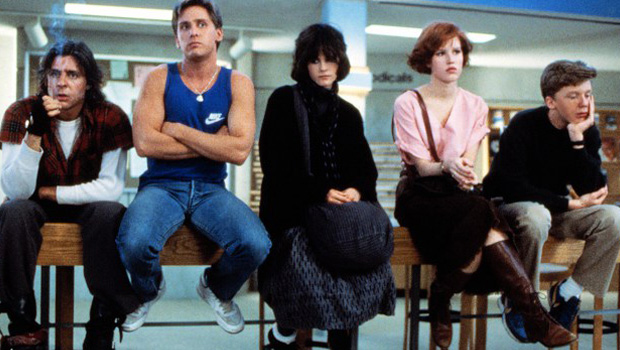Customer experience: a matter of collaboration
The customer experience (CX) discipline changes the way brands craft and deliver on their promises. Instead of the traditional, compartmentalized approach, in which sales, service, marketing, and technology groups divide and conquer tasks on a departmental level, effective CX design and implementation requires extensive collaboration. “Cross-collaborators put the end consumer first by asking questions such as ‘Is it easy to understand what we’re asking them to do?’ and ‘Is the value proposition clear?’” says Janice Pollard, senior marketing and public relations manager at marketing solutions agency HelloWorld.
Customer experience is about more than the intersection of activities traditionally associated with marketing. On a basic level, sales and service professionals provide perspective crucial to understanding the true customer experience. Marketing traditionally defines the strategies that establish an emotional connection and subsequent call-to-action to the customer, but do not always have reliable insights into how the actual product or service is being received. “Your collaborators can tell you how the product experience supports the emotional positioning, whether it is ease of use or peace of mind,” says Manish Grover, author of Dancing the Digital Tune: The 5 Principles of Competing in a Digital World.
Collaborators keep CX on-message
It takes a collaborative approach to build an experience that is oriented around providing superior customer outcomes rather than simply selling more products to a single customer. Promoting long-term goals of increased loyalty and satisfaction often comes at the expense of short-term wins.
The dichotomy is easy to see in the banking industry. Elite customers are assigned advisers who take a consultative approach and help customers optimize their array of products. The rank-and-file just receive more and more offers for new products, from savings accounts to mortgages and credit cards. “Banks looking to promote better customer experience need to help people understand how their financial position may mean they should not be looking for a new credit card today,” Grover says. “It requires a lot of collaboration to commit to those value- and experience-driven outcomes.”
A healthy web of CX collaborators can also protect the brand image from being compromised by a single stakeholder over-committing to hot but otherwise not brand-relevant engagement tactics, like games and rewards. “Gamification can certainly work to meet short-term goals like creating awareness or product education, but your overall strategy must include tactics that bridge the short-term effects of gamification to long-term loyalty,” HelloWorld’s Pollard says.
Building CX tribes
Iwan Jenkins, president of consultancy The Riot Point, favors a view of customer experience as continuous experimentation and refinement, rather than big-bang deployment. Collaborative teams with this moving-target approach are different during the design phase than they are during deployment.
When CX is being implemented, a broader tribe is more helpful because it presents the widest range of open eyes and ears to assess success and suggest improvements. In the design phase, however, marketers take the lead, working with technology and operational professionals to understand how concept will become reality. Outside voices can help CX designers stay focused on creative, differentiating, and value-added concepts, rather than becoming too caught up in customer demands that can actually erode value. “If you ask customers directly what they want, they won’t talk about experience. They’ll just say they want more for less,” he says.
Leadership in CX development
Because outsized CX wins are often attributed to a single, game-changing visionary, some brands are convinced of the need to place absolute power in the hands of a Steve Jobs-esque visionary who can create global shockwaves in customer experience. Resist that urge, because even the legends made lots of costly mistakes. They also had a great deal of help. “The ‘mad genius’ model only works well when you’ve got a lot of money, because innovative ideas only last while you have the cash to pay for them,” Jenkins says. “You also need qualified, steady people to deliver on your innovations.”
Leadership shines not by completely revolutionizing industry on its own, but by helping CX teams define the parameters of success and creating room for failure. As an iterative process, CX needs room to reinvent and retool when sour notes are heard. At the same time, there must be a throttle which keeps a CX failure from sinking the brand’s fortunes entirely. “The head of the business needs to give permission for experimentation that will lead to future growth, and that includes defining survivable failures,” Jenkins says. “Executives are fearful of being wrong, but what they really need to be able to do is recognize which failures will lead to the loss of the business, and which can be killed and started again.”






